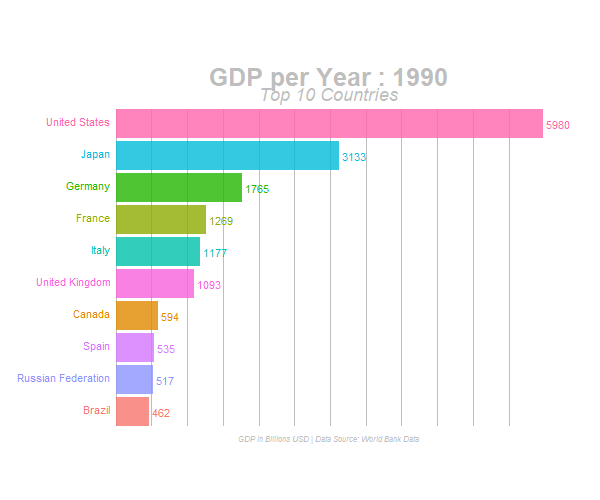Interactive Visualization 📈
MATH/COSC 3570 Introduction to Data Science
Dr. Cheng-Han Yu
Department of Mathematical and Statistical Sciences
Marquette University
Department of Mathematical and Statistical Sciences
Marquette University
Interactive Visualization
Boring Static ggplot

Informative Inteactive ggplot
Plotly 📦
- To create a plotly object
- directly initializing a plotly object with
plot_ly(),plot_geo(), etc. - transforming a ggplot2 object via
ggplotly()into a plotly object
- directly initializing a plotly object with
- Both are powered by the JavaScript graphing library plotly.js, so many of the same concepts and tools for one interface can be reused in the other.

plot_ly()
- Mapping homeownership to x yields a bar chart
plot_ly()
plot_ly()
- Mapping homeownership & grade to x & y yields a heatmap
plot_ly()
- Mapping homeownership & grade to x & color yields a dodged bar chart
layout()
The 1st argument is a plotly object.
Other arguments include
legend,margins,size, etc.
add_*() Functions
- Define how to render data into geometric objects,
add_contour(),add_boxplot(), etc. -
add_markers()for scatterplots.
add_paths()
Color
Symbols
add_lines()
ggplotly()
-
plotly::ggplotly()translate ggplot2 to plotly.
ggplotly()
- Easily compare levels of grade (loan quality) by leveraging the legend filtering capabilities.
14-plotly (Present your work!)
In lab.qmd ## Lab 14 section,
Load tidyverse and plotly and the
loans.csvdata.Generate a plot using plotly. An example is shown below. Welcome to create a more fancy one!
Dumbell Chart
mpg |>
group_by(model) |>
summarise(c = mean(cty), h = mean(hwy)) |>
mutate(model = forcats::fct_reorder(model, c)) |>
plot_ly() |>
add_segments(x = ~c, y = ~model,
xend = ~h, yend = ~model,
color = I("gray"), showlegend = FALSE) |>
add_markers(x = ~c, y = ~model,
color = I("blue"),
name = "mpg city") |>
add_markers(x = ~h, y = ~model,
color = I("red"),
name = "mpg highway") |>
plotly::layout(xaxis = list(title = "Miles per gallon"))Maps
pop_den <- datasets::state.x77[, "Population"] / state.x77[, "Area"]
g <- list(scope = 'usa',
projection = list(type = 'albers usa'),
lakecolor = toRGB('white'))
plot_geo() |>
add_trace(z = ~pop_den, text = state.name, span = I(0),
locations = state.abb, locationmode = 'USA-states') |>
plotly::layout(geo = g)3D Scatterplots
3D Surfaces
Animations using Frames
Animation
Dynamic Bar Chart using gganimate
